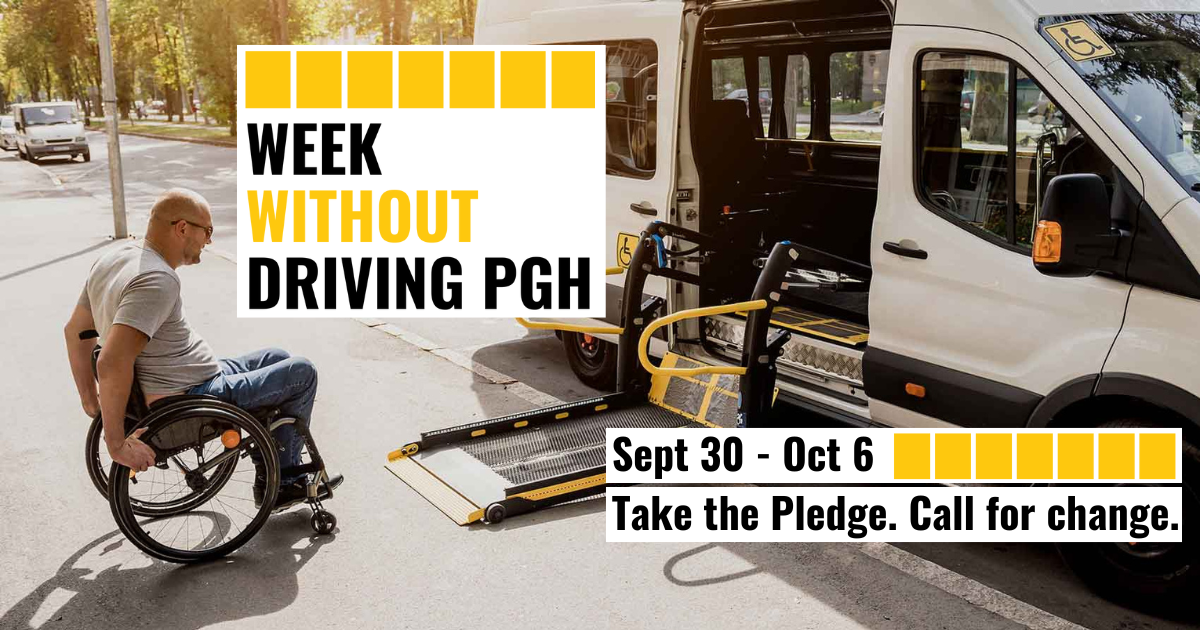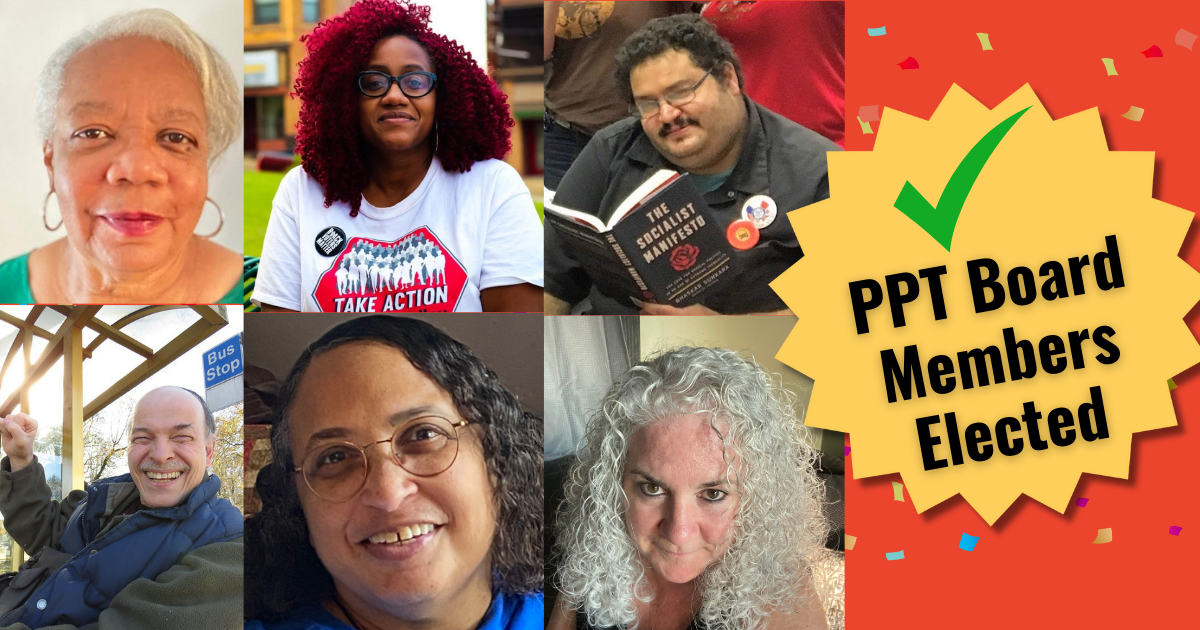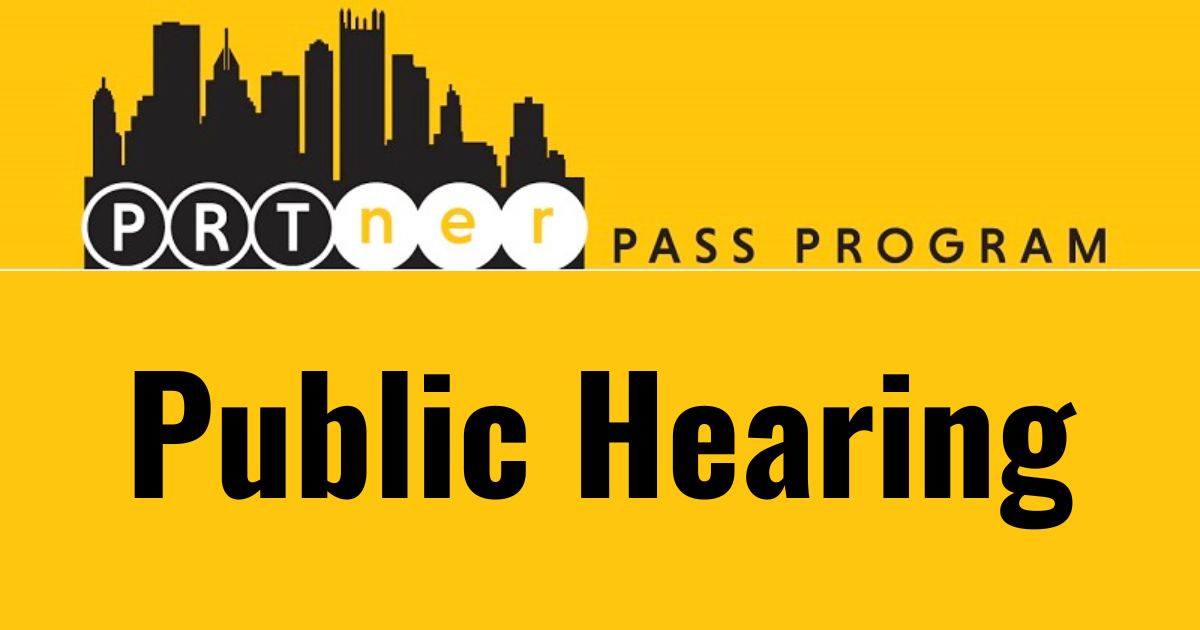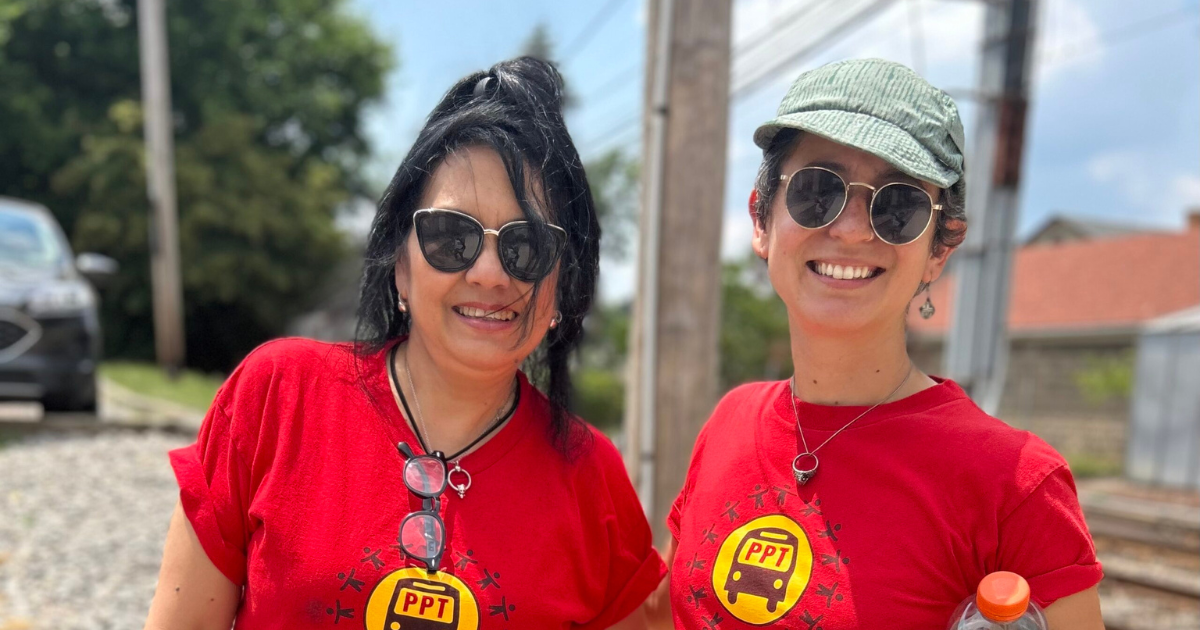 Whether we live in suburban towns or city neighborhoods, everyone in Allegheny County deserves safe, reliable, dignified access to the places we need to go. Across the county, 30% of the population does not drive a car. The Week Without Driving was developed by...
Whether we live in suburban towns or city neighborhoods, everyone in Allegheny County deserves safe, reliable, dignified access to the places we need to go. Across the county, 30% of the population does not drive a car. The Week Without Driving was developed by...
 BIG CHANGES are being proposed to our transit system! We need to organize together to make a system that works for all. Sign-on to support a Bus Line Redesign that works for all Whether you live in McKeesport or McKees Rocks, the Hill District or the South Hills, our...
BIG CHANGES are being proposed to our transit system! We need to organize together to make a system that works for all. Sign-on to support a Bus Line Redesign that works for all Whether you live in McKeesport or McKees Rocks, the Hill District or the South Hills, our...
 Congratulations to the new PPT Board Members, elected by our general membership to lead us 2024-2026! Pittsburghers for Public Transit is a democratic, grassroots, member-led organization and we practice what we preach. Each Spring into Summer, our members participate...
Congratulations to the new PPT Board Members, elected by our general membership to lead us 2024-2026! Pittsburghers for Public Transit is a democratic, grassroots, member-led organization and we practice what we preach. Each Spring into Summer, our members participate...
 Take action now to support the newly proposed PRTner Pass to establish a permanent employer and developer transit fare program that could mean free transit for workers and tenants in Allegheny County! We at Pittsburghers for Public Transit (PPT) celebrate the opening...
Take action now to support the newly proposed PRTner Pass to establish a permanent employer and developer transit fare program that could mean free transit for workers and tenants in Allegheny County! We at Pittsburghers for Public Transit (PPT) celebrate the opening...
 image description: Lorena, left, standing with Nicole, right, both smiling and wearing red PPT t-shirts PPT Member Lorena takes it to the airwaves to talk about her transit organizing with Pittsburgh’s Latino Community La Mega Pittsburgh sat down with one of our...
image description: Lorena, left, standing with Nicole, right, both smiling and wearing red PPT t-shirts PPT Member Lorena takes it to the airwaves to talk about her transit organizing with Pittsburgh’s Latino Community La Mega Pittsburgh sat down with one of our...





